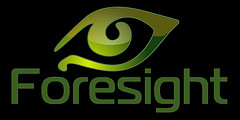You’ve read the articles: “Linux sysadmins in demand,” yadda yadda yadda. You’ve been using Linux for some time and have been thinking, “Gee, I wish I could make a living with Linux.”
You can get the training; but it costs so much, you might say. Well, now you can get a scholarship, so there’s no excuse not to go for it.
 The Linux Foundation, ever in the forefront of shaping the future of Linux, has announced the 2015 Linux Training Scholarship Program, which aims to provide educational funds “to up-and-coming developers and sysadmins who show incredible promise…but do not otherwise have the ability to attend Linux Foundation training courses,” according to a page on the Foundation’s website.
The Linux Foundation, ever in the forefront of shaping the future of Linux, has announced the 2015 Linux Training Scholarship Program, which aims to provide educational funds “to up-and-coming developers and sysadmins who show incredible promise…but do not otherwise have the ability to attend Linux Foundation training courses,” according to a page on the Foundation’s website.


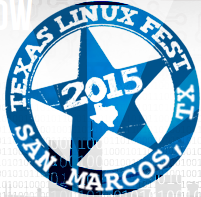

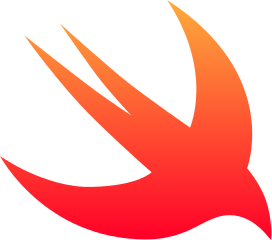
 While there have been no injury reports yet from the multitudes simultaneously jumping on the
While there have been no injury reports yet from the multitudes simultaneously jumping on the 
 Microsoft joins the 21st Century: Our friends in Redmond — you know, the folks who love FOSS so much that they want to hug us to death, literally (in the traditional sense of the word) — have decided to provide support for SSH in their own PowerShell, according to various articles this week. We’re going to link to one in
Microsoft joins the 21st Century: Our friends in Redmond — you know, the folks who love FOSS so much that they want to hug us to death, literally (in the traditional sense of the word) — have decided to provide support for SSH in their own PowerShell, according to various articles this week. We’re going to link to one in 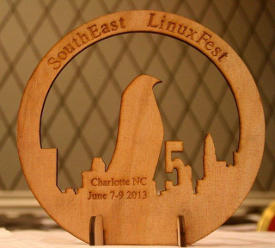

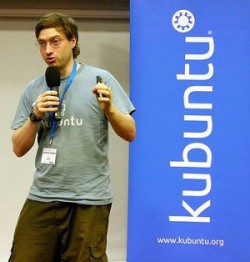


 Since the introduction of Fedora.next — the umbrella program for the roadmap for the distro going forward — the distro comes in three basic flavors: Workstation, Server and Cloud. Workstation is the desktop/laptop version — and workstation version for businesses. Cloud and Server are pretty self-explanatory.
Since the introduction of Fedora.next — the umbrella program for the roadmap for the distro going forward — the distro comes in three basic flavors: Workstation, Server and Cloud. Workstation is the desktop/laptop version — and workstation version for businesses. Cloud and Server are pretty self-explanatory.

